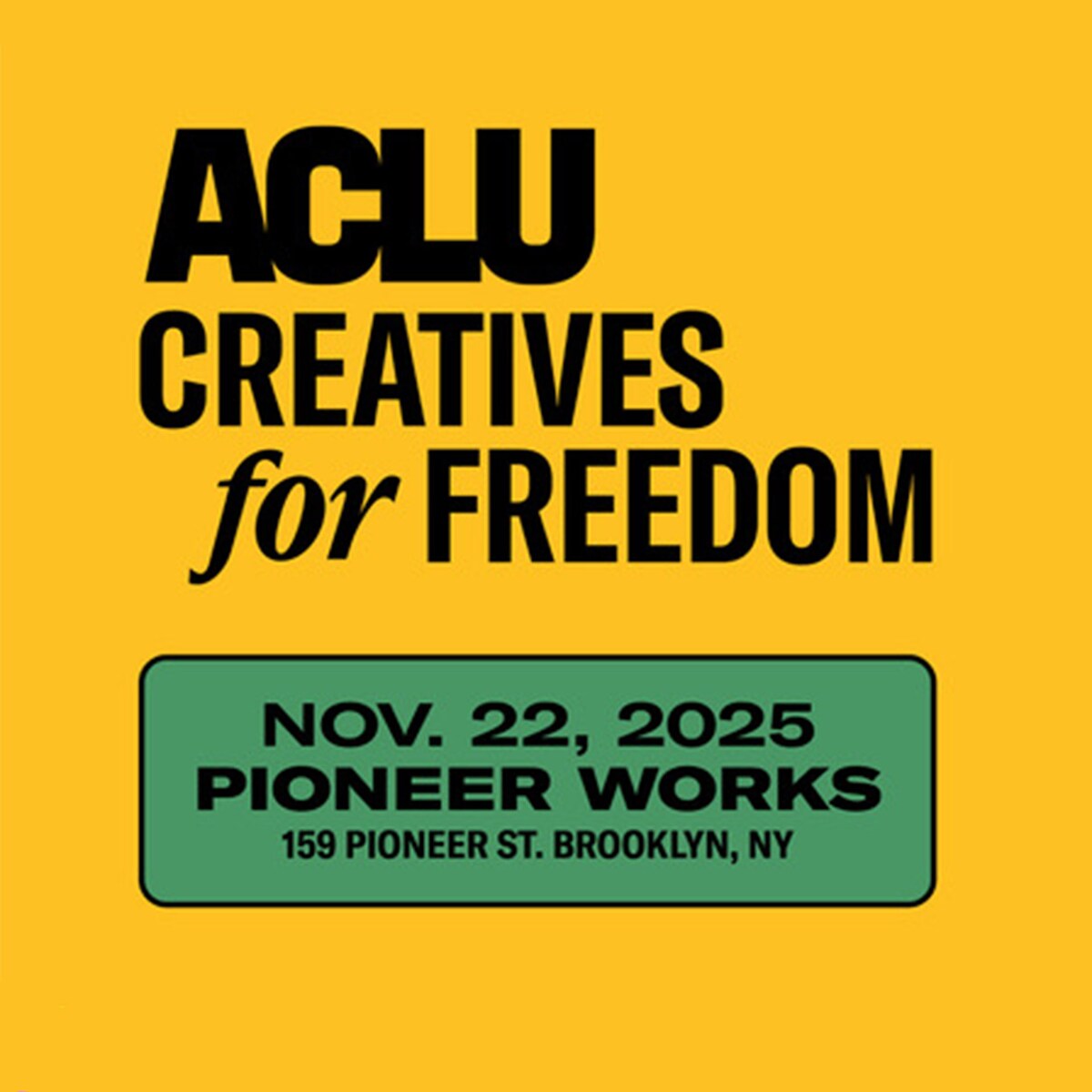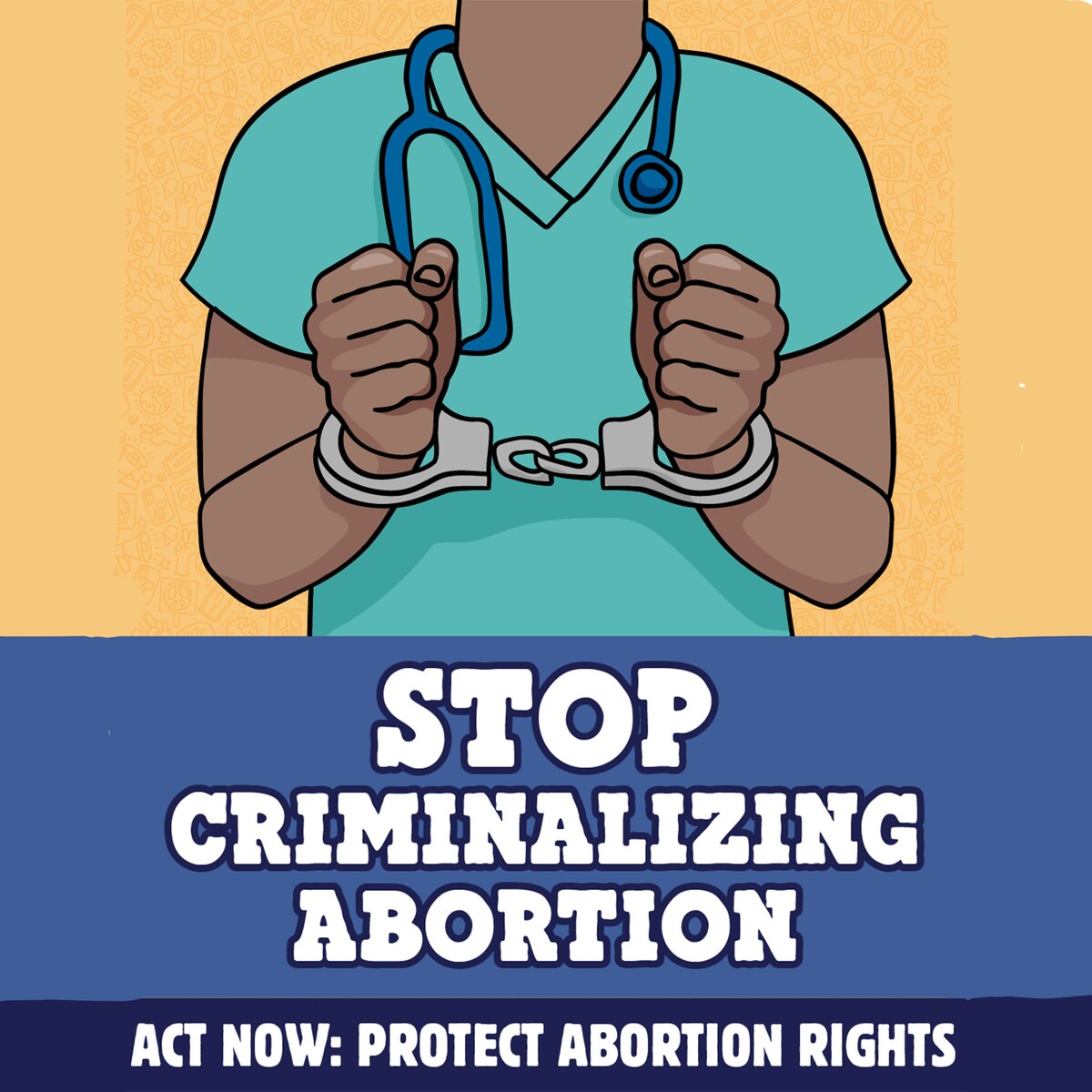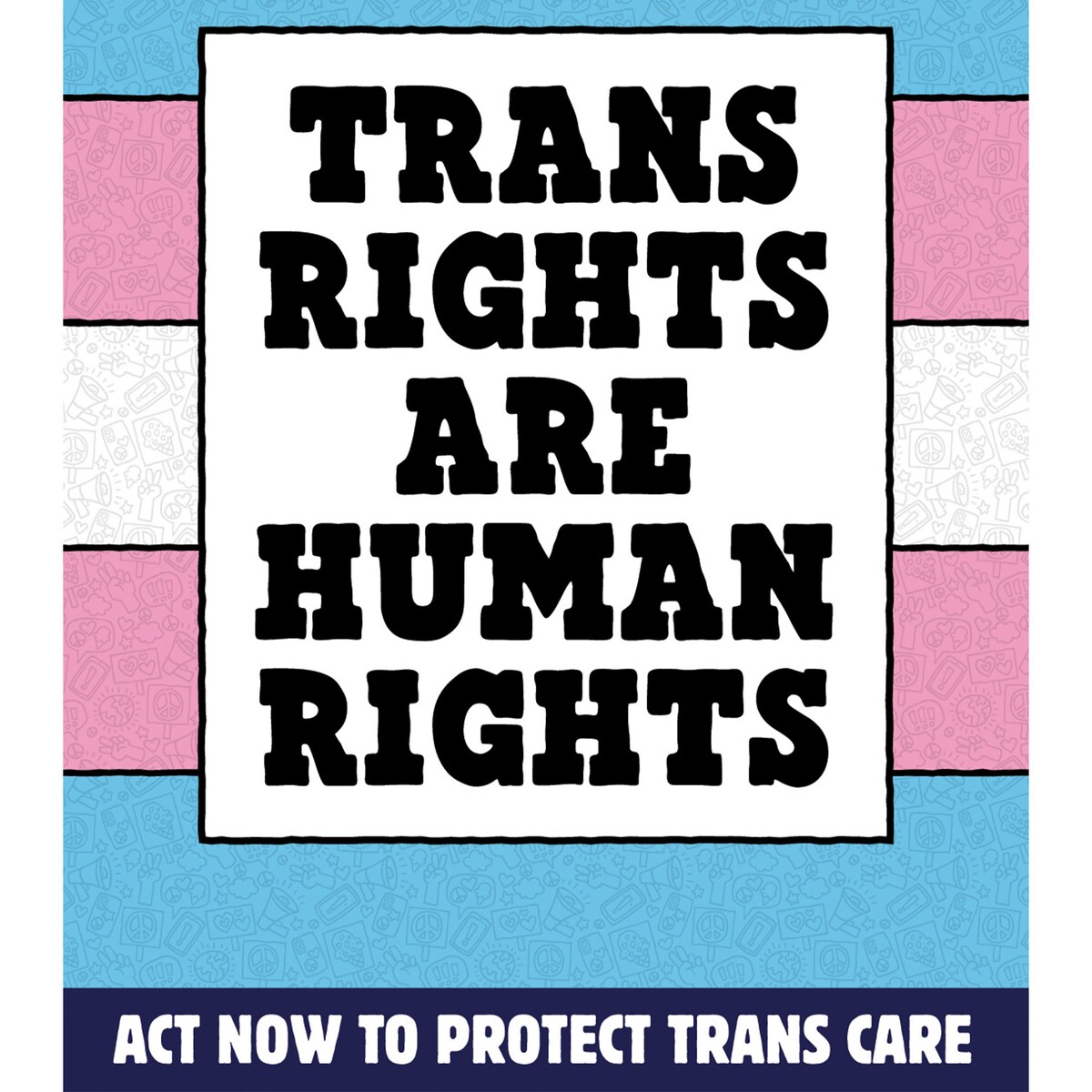December 3, 2015
Content and/or functionality on this page requires you to accept cookies.
The first People’s Climate March filled the streets of New York City with over 400,000 people of all ages, faiths and ethnicities. Since last September, organizers worked to make the next Climate March even bigger, anchored by over 200,000 marchers in Paris, where the UN Climate Conference (COP21) is being held to negotiate global carbon reductions.
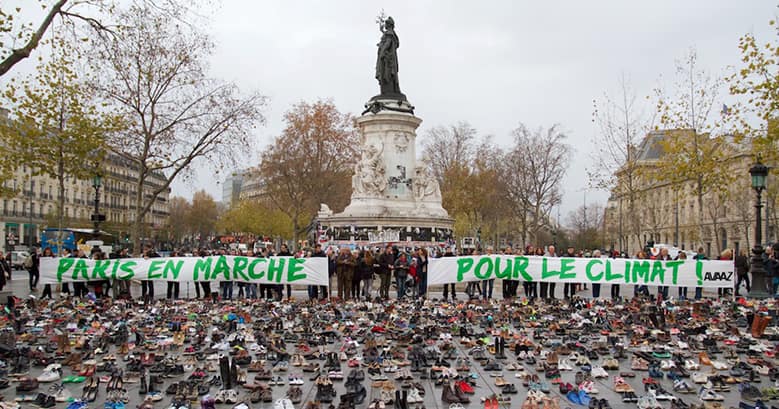
When terrorists attacked the city just over two weeks ago, the local March and all major actions were put on hold. Undaunted, organizers went ahead with mobilizations elsewhere, ultimately bringing together hundreds of thousands of people in 2,000 Climate Marches and other events across 175 countries. But here in Paris, host to what will likely be the most historic negotiation on climate change yet, it wasn’t clear if there would be the opportunity for the people to give their concerns a voice.
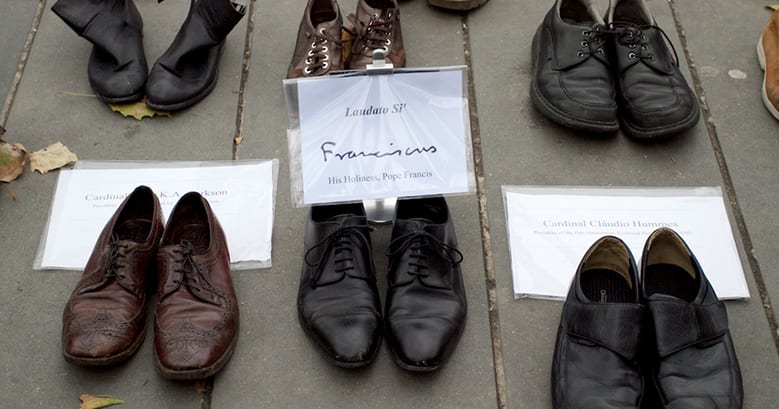
That turned around on Sunday, when activists showed up in Place de la Republique, what would have been the starting point to the Paris Climate March, to find 22,000 empty shoes lined up and pointed in the direction of the intended path of participants. Donated by ordinary Parisians, dignitaries like Secretary-General of the United Nations Ban Ki Moon, and even the Pope, the shoes were a symbol of this city’s spirit of public liberty, and a signal of solidarity with climate actions across the world. They meant that the March would still go on, even without the marchers.
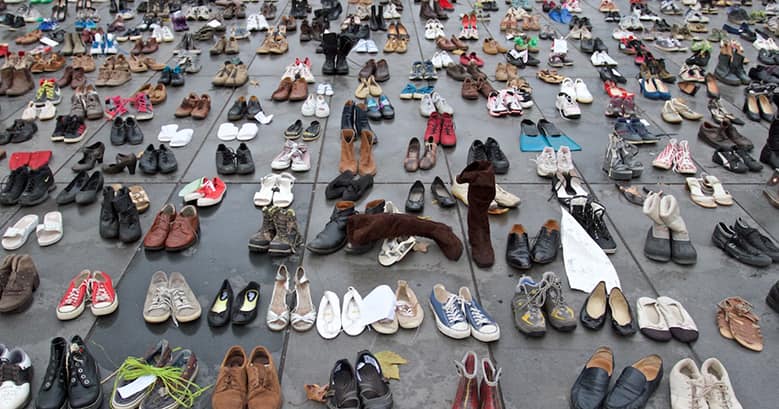
Recent Articles
Join The Climate Movement
-
With a landmark climate action agreement in place including commitments from 196 countries to fight climate change, now is the time to keep the pressure on and ensure swift action. This climate agreement wouldn’t have happened without millions of people around the world taking action. And we won’t be able to meet the ambitious goals of the Paris Agreement without millions and millions more people taking action in support of a rapid transition to clean energy. Paris was just the beginning, not the end. Let’s get to work towards a greener, cleaner future. Add your voice to the millions demanding action and sign the petition today!

